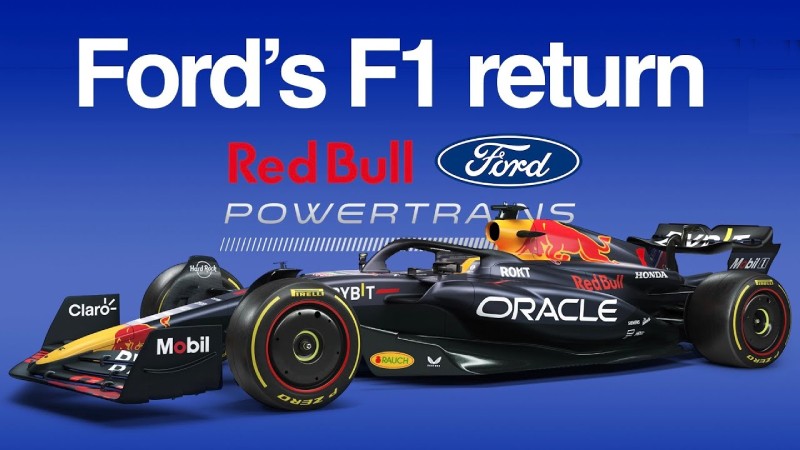Business
Red Bull-Ford will not receive full supplier status for new F1 engines for 2026

It is believed that the FIA only granted Red Bull-Ford partial new Formula 1 engine supplier status for 2026, resulting in only 90 percent of the financial benefits.
In order to encourage new manufacturers like Audi to join the sport in 2026, the package included special arrangements for new suppliers.
In other words, they have more spending power and more time on the dyno than established manufacturers before the new regulations are implemented.
Within the scope of the cost cap, new suppliers can spend an additional $10 million in 2023, $10 million in 2024, and $5 million in 2025. They can also spend an additional $15 million on capital over that time.
Red Bull Powertrains’ status as a newcomer has been questioned by rivals, particularly Ferrari, in light of the new company’s ties to Honda, whereas Audi’s is clear.
Christian Horner, the head of Red Bull, has always insisted that RBP is a new, distinct entity with few ties to Honda and access to the intellectual property of the Japanese company.
When Red Bull tried to negotiate a deal with Porsche to brand the engine, it had to make sure that was the case. Ford has since taken up the deal.
A provision in the regulations for 2026 allows suppliers to be considered partially new. They declare: “If following a review of the requested documentation, the FIA determines that a PU manufacturer does not fully satisfy the necessary conditions, the FIA reserves the right, at its absolute discretion, to grant the PU manufacturer a partial new PU manufacturer status.
“Partial new PU manufacturer status will give rise to a reduction of the additional rights accorded to new PU manufacturers by the technical, sporting, and financial regulations.”
The FIA divides the manufacturer into three categories when determining the new financial status: 40% for infrastructure, 50% for ICE status, and 10% for ERS status.
The regulations say that the FIA will take into account “the prior experience of the PU manufacturer in Formula 1 ERS systems, and potential possession of significant recent intellectual property” when it comes to the third item.
Red Bull Powertrains is considered to have some prior knowledge of the technology because it currently assembles battery packs for the existing Honda engine. As a result, it is understood that the new partnership will not be guaranteed full new status.
Its overall score decreases to 90% as a result of losing the 10% ERS contribution. As a result, the business will only be able to take advantage of 90% of the additional cost cap and capital expenditure limits benefit that Audi, a complete newcomer, will receive.
As a result, Red Bull will not receive an additional spending allowance of $500,000 in 2025 and $1 million in 2023. It also loses $1.5 million in benefits for capital expenditures during those seasons.
For the technical and sporting regulations pertaining to things like dyno time, the same three categories are taken into consideration separately.
That has a weighting of 20% for infrastructure, 50% for ICE, and 30% for ERS. However, despite the ERS issue, Red Bull is at 70 percent, so it meets the requirements because a manufacturer only needs 50 percent to obtain full new supplier rights.
-

 Sports4 weeks ago
Sports4 weeks agoAl Ahly vs Inter Miami, 2025 FIFA Club World Cup – Preview, Prediction, Predicted Lineups and How to Watch
-
Health3 weeks ago
Back to Roots: Ayurveda Offers Natural Cure for Common Hair Woes
-

 Tech3 weeks ago
Tech3 weeks agoFrom Soil to Silicon: The Rise of Agriculture AI and Drone Innovations in 2025
-

 Startup4 weeks ago
Startup4 weeks agoHow Instagram Is Driving Global Social Media Marketing Trends
-

 Sports3 weeks ago
Sports3 weeks agoFIBA 3×3 World Cup 2025: Full Schedule, Preview, and How to Watch
-

 Science4 days ago
Science4 days agoJuly Full Moon 2025: Everything You Should Need to Know, When and Where to See Buck Moon
-

 Gadget3 weeks ago
Gadget3 weeks agoThings to Know about Samsung Galaxy S26: What’s New and What’s Next
-

 Sports4 weeks ago
Sports4 weeks agoWorld Judo Championships 2025: Full Schedule, Date, Time, Key Athletes and How to Watch















